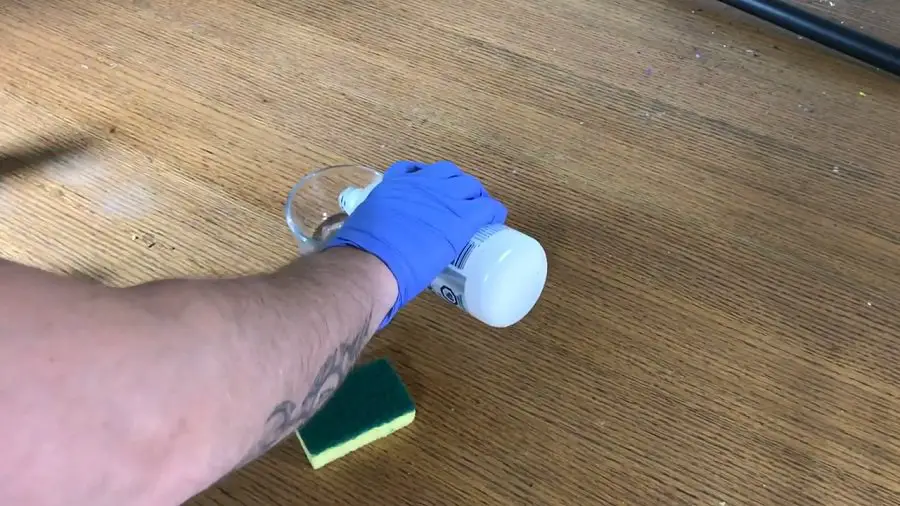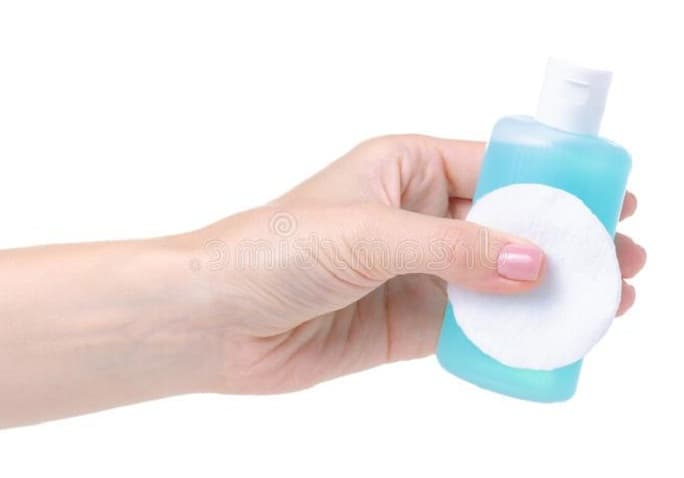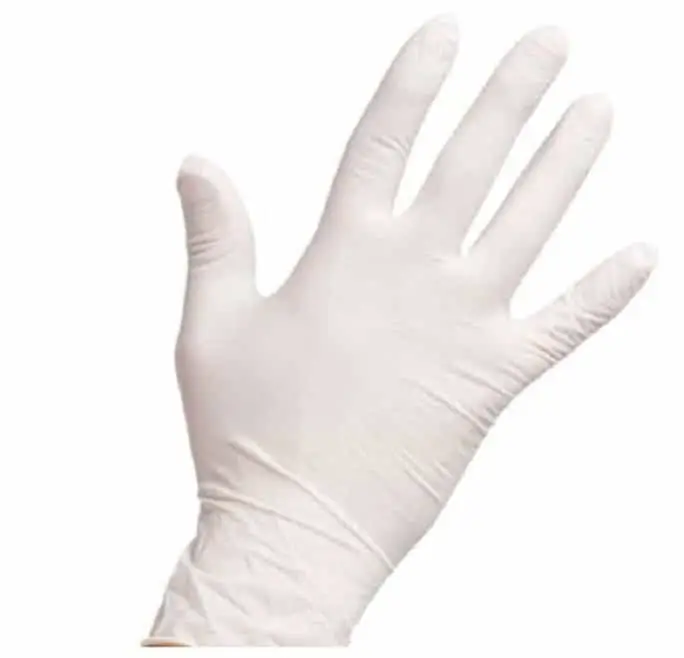Gorilla glue is a type of strong adhesive that dries in seconds. It’s typically used to assemble wood, plastic, and metal surfaces but it can also be found in some arts and crafts projects. Unfortunately, gorilla glue bonds permanently so if you accidentally get it on your clothes or skin, even on the metal, it can be difficult to remove. This guide will show how to remove gorilla glue from metal using everyday products you already have around the house!
Products to remove gorilla glue from metal
There are several different ways to remove gorilla glue from metal but we cannot have one size to fit for all. So we list up here the 4 most useful ways with a detailed guide so that you can pick up the most suitable one for your case.
Method #1: White vinegar
- Use a plastic spatula to scrape off the excess glue
- Apply white vinegar with a sponge or cloth and let it sit for 5 minutes.
- Scrape away any remaining glue
- Rinse with water and dry thoroughly
- Repeat if necessary, but be careful not to damage the surface underneath the metal
- To prevent future instances of gorilla glue from sticking, coat the area in cooking oil before applying adhesive tape to surfaces that are prone to being glued together (i.e., refrigerator doors)

Method #2: Alcohol
- Take a clean cloth and dip it in rubbing alcohol
- Rub the area that has been glued until you no longer feel any resistance
- Repeat steps 1 and 2, but this time use white vinegar instead of rubbing alcohol
- Continue to do so until the glue is completely removed from your metal surface
- Use a dry rag or paper towel to wipe away any excess liquid on your metal surface
- If there are still some stubborn pieces left over, take an old toothbrush and scrub them off with water or soap and water for best results

Method #3: Acetone
- Find a rag and soak it in the solvent
- Place the rag on top of the glue
- Let sit for about 30 minutes to 1 hour, then wipe off with another cloth soaked in more solvent
- If there are any stubborn bits that refuse to come up, take an old toothbrush and scrub them away gently so you don’t scratch your metal surface
- Once all of the glue is gone, wash with soap and water to get rid of any sticky residue left behind by solvents before drying completely with paper towels

Method #4: Nail polish remover
- Soak a cotton ball in nail polish remover
- You do not want to allow the vinegar or nail polish remover sit on your metal as this will damage its finish. Just spray in one area and wipe immediately with how water and sponge before applying more product onto other areas.
- Gently rub the area that has been glued until it comes off easily
- Repeat steps, but this time use white vinegar instead of acetone or rubbing alcohol
- Once all of the glue is gone, wash with soap and water to get rid of any sticky residue left behind by solvents before drying completely with paper towels.
Precautions when removing glue from metal

- Always wear gloves when handling chemicals like acetone or alcohol. If you get any of the solvent on your skin, it can cause irritation and damage sensitive tissue.
- Always wipe off excess chemical from the area before letting it dry completely to avoid corrosion or other forms of deterioration that may occur if water is introduced onto a moist surface.
- After removing glue with vinegar, be sure to rinse away all residue because once this combination dries out, there’s really no way to remove it without damaging either substance (the metal in question or how you want your object looking) further.
- Finally, make sure that whatever method you use isn’t going to compromise how long the object will last by using too much force during removal so as not to scratch the surface of whatever object you’re using it on.
Some final words
This blog has been a great help to me. I was able to remove the glue from the metal with these tips! Thank you so much for reading, and please share this article if it helped you too. Have a wonderful day!
Frequently Asked Questions
How do you remove dried super glue from metal?
Dress the metal REALLY well with SUPER oily first to isolate it from any water that will dry it out. Silicone lubricant is good for this too, as is WD-40 or other similar lubricants
Find a surfactant, like dishwashing soap or mineral spirit to mix with the dried glue – even if it’s hard it should still dissolve in water at some point
Mix up your ‘paste’ and put on the item you want to clean, rubbing vigorously so it coats all parts of the item covered by glue
Let sit for a few minutes and/or reapply if anything is not yet dissolved appropriately
How do you remove Gorilla Glue from stainless steel?
Remove the excess adhesive with a razor blade. Apply a non-oily, non-abrasive, alcohol/fiber-based cleaner to break down residual adhesive film in the unaffected area. Leave for at least a minute. Wipe stain or residue away with a paper towel before rinsing and drying the clean surface.
An alternative solution is to use double-sided tape to remove as much of the glue as possible before wiping it off with an oil soap (diarrhea).
Note: if you are reattaching two parts that were previously glued together, make sure they aren’t left unglued long enough for the glue to dry into place again; see instructions below for how this can be avoided.
How do you remove super glue from metal without removing paint?
You can use any solvent for removing paint – try using acetone or anywhere from full strength on down.
One solution would be to pour some of the solvents onto an on top of the article, let it soak in, and wipe off with a paper towel or cloth while smearing gently back-and-forth across the surface. If that doesn’t work then try thinner after applying adhesive remover. It is always best if you can test different solvents on old metal backing first because some backing types are not easily removed.
